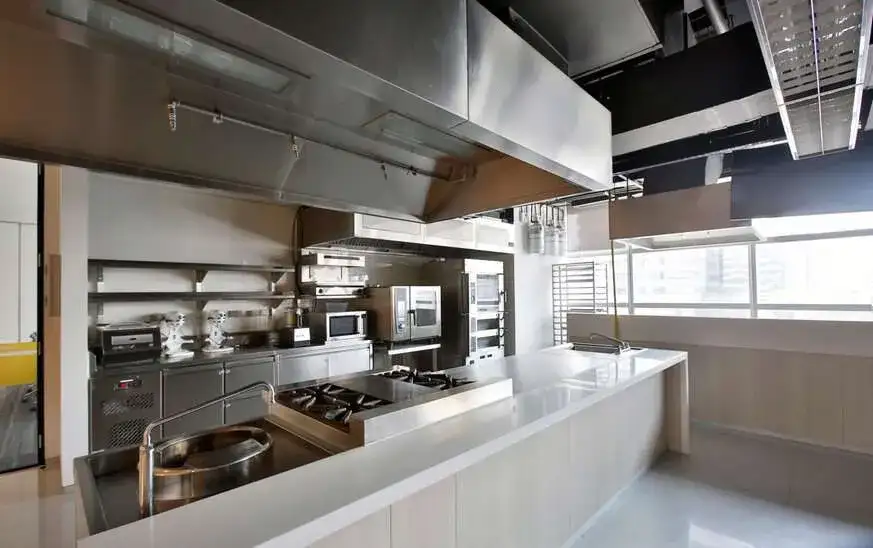Recent trends in home appliance technology are driven primarily by consumers’ increasing interest in greener and more energy-efficient products that come with numerous advantages such as cost savings and enhanced comfort.
New smart appliances are being manufactured to accommodate the needs of aging Americans who struggle with vision, hearing, energy or immunity issues. Features like LED lighting, stainless interiors and third racks have been integrated to make life simpler in these households.
1. Connectivity
Home appliance technology trends include the integration of connectivity features into various devices. This feature enables multiple appliances to connect seamlessly with one central hub device such as Amazon Alexa or Google Home devices.
Home automation devices often include self-learning capabilities that enable them to learn the schedules of their homeowners and adjust accordingly, saving energy while decreasing waste while making homes more comfortable.
As consumers opt for smaller living spaces, manufacturers will continue to incorporate multi-functional appliances into their appliances – for instance Amazon recently unveiled a Smart Oven that includes oven, air fryer, microwave and food warmer all into one unit.
2. Artificial Intelligence (AI)
AI technology is one of the newest trends in home appliance technology, communicating with cloud servers to detect patterns and automating smart devices based on user preferences.
AI-enabled smart appliances, devices and lighting can adapt to your habits and make you more at ease in your home. It can recognize voice commands and translate them into actions.
Artificial Intelligence-powered home appliances can contribute to sustainability by reducing energy use and waste production, as well as improving customer service. Last month, Bruviti hosted a webinar about how AI can assist service centers and manufacturers within the consumer appliance industry meet their business goals.
3. Voice Control
Voice control is a feature available on many home appliances such as televisions and audio speakers, enabling you to operate smart devices by speaking out commands aloud. Voice-activated control can help make life simpler by automating many everyday tasks using the power of your voice alone.
Voice controls offer another great way to conserve energy, helping reduce your energy bills and benefit the environment at once.
Home appliance technology has recently advanced with voice control integration into smart devices already in your home. By choosing an appropriate control system and giving voice command commands for everything in your home, voice command allows for easy management.
4. Multi-Functional
Home appliance technology trends include multi-functional appliances. Such machines combine several functions into one unit, like a microwave that also steams or fries food.
These multi-functional home appliances offer many exciting advantages that save time and money while improving health and cleanliness in the home. According to industry research firm Technavio, sales for multi-purpose appliances have grown over recent years.
Consumers today are always searching for products that will make their lives simpler, saving both time and money. A multifunctional kitchen gadget or washing machine with multiple functions could be ideal solutions, while smart devices that enable user control over multiple aspects at the same time can also prove helpful in saving both.
5. Energy Efficiency
Energy efficiency has become an increasing trend in home appliance technology, with manufacturers constantly creating more energy-saving appliances that help lower utility bills while decreasing greenhouse gas emissions, which benefits the environment.
Increase the energy efficiency of your home with various measures, such as replacing appliances with more energy-efficient models or selecting power sources that use renewable energy sources such as solar or wind. Many clothes dryers and water heaters use heat pump technology to conserve energy.
Another key consideration when purchasing appliances compatible with smart home technology is to select those compatible with remote control capability, enabling you to remotely operate them via smartphone or tablet.




